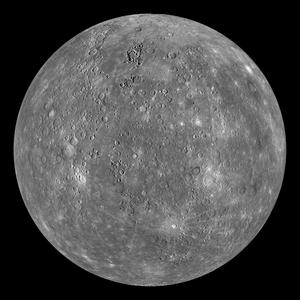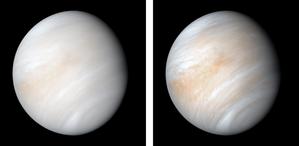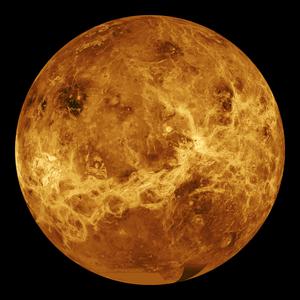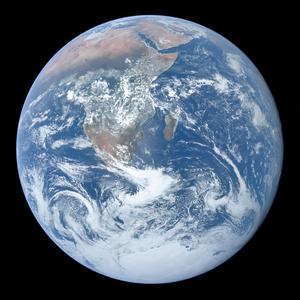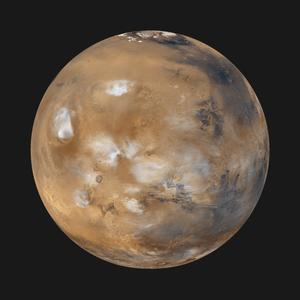Glossarbegriffe: Gesteinsplanet
Description: Ein Gesteinsplanet ist ein Planet, der hauptsächlich aus Gestein und Eisen besteht. Gesteinsplaneten haben keine ausgedehnte Atmosphären aus Wasserstoff und Helium, die man bei Gasriesenplaneten findet, sondern haben viel kleinere Atmosphären oder gar keine. Im Allgemeinen sind Gesteinsplaneten kleiner als Riesenplaneten und haben eine kleinere Masse.
In unserem Sonnensystem gibt es vier Gesteinsplaneten: Merkur, Venus, die Erde und Mars.
Einer der Schwerpunkte der Exoplaneten-Astronomie ist die Suche nach Gesteinsplaneten von ähnlicher Größe und Zusammensetzung wie die Erde in der habitablen Zone um ihren Stern.
Zugehörige Glossarbegriffe:
- Atmosphäre
- Erde
- Exoplanet
- Riesenplanet
- Habitable Zone
- Mars
- Merkur
- Planet
- Sonnensystem
- Venus (Planet)
See this term in other languages
Term and definition status: The original definition of this term in English have been approved by a research astronomer and a teacher The translation of this term and its definition is still awaiting approval
The OAE Multilingual Glossary is a project of the IAU Office of Astronomy for Education (OAE) in collaboration with the IAU Office of Astronomy Outreach (OAO). The terms and definitions were chosen, written and reviewed by a collective effort from the OAE, the OAE Centers and Nodes, the OAE National Astronomy Education Coordinators (NAECs) and other volunteers. You can find a full list of credits here. All glossary terms and their definitions are released under a Creative Commons CC BY-4.0 license and should be credited to "IAU OAE".
If you notice a factual or translation error in this glossary term or definition then please get in touch.
Zugehörige Medien
Mercury
Bildnachweis: NASA/Johns Hopkins University Applied Physics Laboratory/Carnegie Institution of Washington credit link
License: PD Public Domain icons
Venus in visible light
Bildnachweis: NASA/JPL-Caltech credit link
License: PD Public Domain icons
Venus' surface
Bildnachweis: NASA/JPL credit link
License: PD Public Domain icons
Earth as observed from Apollo 17
Bildnachweis: NASA/Apollo 17 crew/Project Apollo Archive
License: PD Public Domain icons
Mars
Bildnachweis: NASA/JPL/MSSS credit link
License: PD Public Domain icons
